Robotics News
Arstechnica
138

Image Credit: Arstechnica
Robotic sucker can adapt to surroundings like an actual octopus
- Innovative robotic suckers inspired by octopus tentacles have more adaptable soft grip capabilities.
- Researchers at the University of Bristol have developed robotic suckers that mimic octopus' features.
- These artificial suckers use water instead of mucus for adhesion, promoting better grip.
- By closely imitating biological suckers, these robotic suckers can securely adhere to various surfaces.
- The biomimetic design enhances suction on complex surfaces, offering potential for next-gen robots.
Read Full Article
8 Likes
The Robot Report
43

Beep launches fully autonomous public transit system in Florida
- Beep Inc. is set to launch NAVI (Neighborhood Autonomous Vehicle Innovation), a fully autonomous public transit system, in Jacksonville, Fla., using a fleet of 14 autonomous Ford E-Transit vehicles integrated with Oxa’s automated driving system as part of the Ultimate Urban Circulator program.
- Beep's technology will enable vehicle deployment and command-center operations from the Jacksonville Transportation Authority’s new Autonomous Innovation Center, aiming to increase efficiency, safety, and access to various destinations for riders.
- Beep closed a $52.7 million funding round, plans to develop new pilot programs, and appointed Kevin Reid as the new CEO, focusing on shuttle deployments and managing 38 deployments across nine states.
- Beep's partnership with Oxa aims to bring the Oxa Driver software platform to autonomous vehicles in the U.S., enabling safe self-driving in any environment, following previous collaborations like the self-driving shuttle pilot at Daniel K. Inouye International Airport.
Read Full Article
2 Likes
The Robot Report
423

Tesla launches Robotaxi service in Austin
- Tesla has officially launched its Robotaxi service in Austin, Texas, equipped with Full Self-Driving software.
- The service is limited to select investors and influencers and operates with a safety monitor present during all rides.
- Riders pay a flat fee of $4.20 per ride, but issues like veering into oncoming traffic lanes and drop-off problems have been reported.
- Despite some reported issues, initial feedback from riders has been mostly positive, with the service attracting Tesla fans, investors, and automotive influencers.
Read Full Article
24 Likes
Mit
73
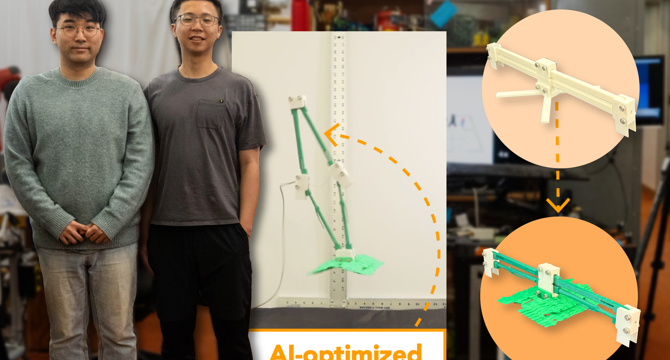
Image Credit: Mit
Using generative AI to help robots jump higher and land safely
- Generative AI models like DALL-E are used to enhance robot designs.
- MIT's CSAIL applies GenAI to create and optimize 3D robot models.
- AI-designed jumping robot leaps 41% higher and lands 84% more stable.
- Diffusion models creatively refine robots, offering unconventional solutions for enhancement and improvement.
Read Full Article
4 Likes
Discover more
IEEE Spectrum
242
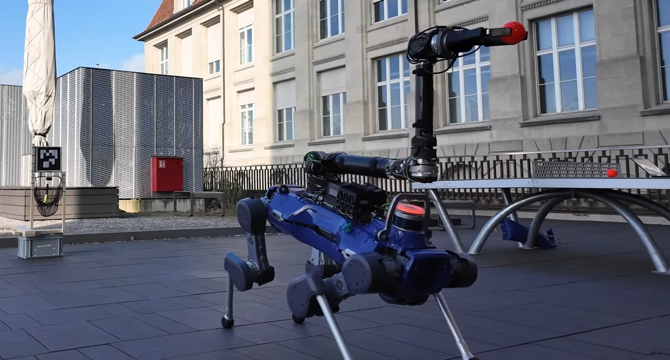
Image Credit: IEEE Spectrum
Video Friday: This Quadruped Throws With Its Whole Body
- Researchers at ETH Zurich have found that humanoid robots may not necessarily need legs in many situations.
- Robotics company Brightpick introduces a shiny new robot, although it may not be real yet.
- Lockheed Martin aims to join the Mars Sample Return mission with an investment of US$3 billion.
- Roboticist Cynthia Breazeal discusses the MIT Media Lab's Personal Robots Group.
Read Full Article
14 Likes
The Robot Report
351

RISE Robotics raises funding for award-winning Beltdraulic actuators
- RISE Robotics raised $2.5 million in funding from over 1,300 investors on Wefunder, validating their Beltdraulic technology.
- Beltdraulic technology by RISE Robotics replaces hydraulic systems with a more efficient belt-and-pulley system, offering benefits like increased throughput and reduced fuel use.
- RISE Robotics' Beltdraulic technology has applications across industries, from heavy machinery to defense, with its railgate product offering energy efficiency and ease of installation.
- The funding will help RISE Robotics accelerate product development and scale production to meet the growing demand for their innovative Beltdraulic actuators.
Read Full Article
21 Likes
Arduino
134

This platypus-shaped robot is built from vacuum cleaner parts
- Milos Rasic repurposed components from an old robot vacuum cleaner to create a new robot designed as a platypus.
- The new robot, named PlatypusBot, features drive motors, a pump, and other parts from the old vacuum cleaner, integrated with new components like an Arduino UNO R4 WiFi and a lidar module.
- PlatypusBot is 3D-printed and currently controlled via a joystick over UDP and Wi-Fi, with plans for future implementation of SLAM algorithms.
- For more information on the project, readers can refer to Rasic's element14 blog post.
Read Full Article
8 Likes
The Robot Report
391

FANUC unveils ROBOGUIDE v10 robot simulation software
- FANUC America released its most advanced ROBOGUIDE v10 offline robot programming and simulation software.
- ROBOGUIDE v10 offers new features like virtual reality capabilities, high-performance 64-bit architecture, and enhanced user interface.
- The software allows users to create, program, and simulate robotic workcells in 3D without physical prototypes, reducing costs and improving accuracy.
- FANUC provides updates to existing users, shared licenses with previous versions, and offers tutorial videos on Tech Transfer website for programming robots.
Read Full Article
23 Likes
The Robot Report
39

Google DeepMind introduces on-device Gemini AI model for robots
- Google DeepMind introduced the Gemini Robotics On-Device model for on-device robotics tasks, offering adaptability and accessibility.
- The on-device model is designed to bring multimodal reasoning and understanding into the physical world, optimized for two-armed robots with minimal computational requirements.
- DeepMind also released the Gemini Robotics SDK for developers to evaluate and adapt the model for various tasks and environments, emphasizing low-latency inference and robustness.
- Gemini Robotics On-Device demonstrates strong generalization in visual, semantic, and behavioral aspects, enabling robots to perform complex tasks like following natural language instructions and executing dexterous manipulations.
Read Full Article
2 Likes
The Robot Report
65

Digital Teammate from Badger Technologies uses multipurpose robots
- Badger Technologies introduces its Digital Teammate platform with autonomous mobile robots.
- Robots alongside employees for increased productivity, not to replace workers; focus on retail stores.
- Features include hazard detection, inventory monitoring, and enhancing shopping experiences in stores.
- RFID integration for inventory management, personalized assistance for customers; aims to improve sustainability.
- Over 1,000 robots deployed, enhancing operations at grocery, hardware, and home improvement retailers.
Read Full Article
3 Likes
TechCrunch
295
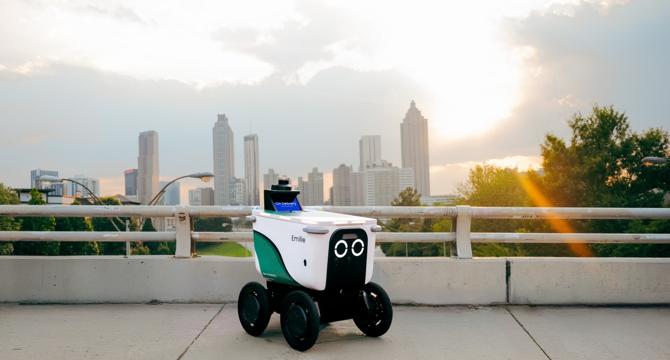
Image Credit: TechCrunch
Uber has Atlanta’s autonomous ride-hailing and delivery market on lock
- Uber Eats customers in Atlanta can now opt for sidewalk delivery robots for food delivery through partner Serve Robotics.
- Serve, a company spun out of Uber, has launched in Atlanta, their fourth commercial city after Los Angeles, Miami, and Dallas Forth Worth.
- Serve plans to expand its fleet from 100 bots in Los Angeles to 2,000 across various U.S. cities by the end of 2025.
- Uber Eats customers in Atlanta can receive robot deliveries in specific areas, with plans for expansion, operating from 9 a.m. to 10 p.m., in partnership with restaurants like Rreal Tacos, Ponko Chicken, and Shake Shack.
Read Full Article
17 Likes
Insider
2k
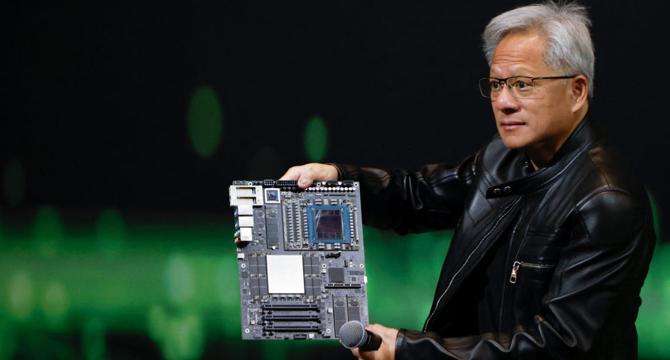
Image Credit: Insider
Nvidia is again the world's most valuable company
- Nvidia's stock hit a record high, making it the world's most valuable company for the second time this month.
- CEO Jensen Huang's comments on AI and robotics growth boosted investor confidence, despite concerns about US export restrictions impacting revenue.
- Nvidia's shares rose over 4% on Wednesday, closing at $154.31, surpassing its prior closing high in January.
- Huang highlighted AI and robotics as significant growth opportunities, emphasizing the importance of Nvidia's Drive platform for self-driving capabilities.
Read Full Article
16 Likes
COSMOS
305

Image Credit: COSMOS
Free exoskeleton blueprint could accelerate rehab robotics research
- A team from the Biomechatronic Lab at Northern Arizona University has developed OpenExo, the world's first comprehensive open-source exoskeleton framework.
- OpenExo provides all the instructions, code, and design files needed to build a working exoskeleton, aiming to lower the barriers to entry in exoskeleton research.
- The high cost of medically-required exoskeletons remains a hurdle to widespread adoption, with OpenExo potentially catalyzing innovation in university labs, rehabilitation centers, and low-resource settings.
- The Biomechatronic Lab at NAU hopes that OpenExo will lead to advancements in robot-aided rehabilitation and mobility augmentation, making a positive impact on individuals living with physical disabilities.
Read Full Article
18 Likes
Siliconangle
274
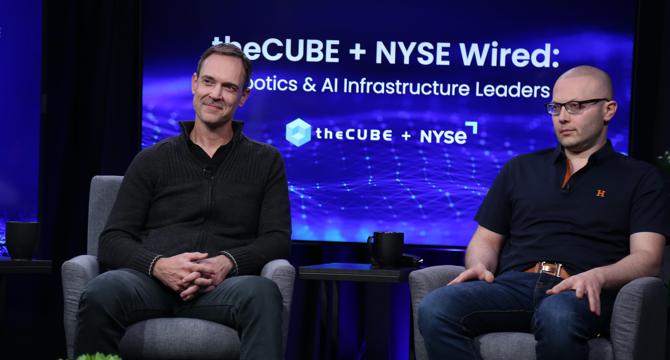
Image Credit: Siliconangle
Tracking the AI infrastructure boom: 10 ways large-scale infrastructure is reshaping AI’s future
- Large-scale infrastructure investments are reshaping the global tech map for AI advancement.
- The surge in infrastructure is essential for next-gen AI, with sovereign data centers emerging.
- Experts discuss how large-scale infrastructure is fueling the next phase of AI innovation.
- Various aspects including VC investments, enterprise adoption, and industry transformation are covered.
- The evolution of AI architecture, developer roles, and public-private sectors is also explored.
Read Full Article
14 Likes
Medium
252

Image Credit: Medium
SLAM Explained - How Robots Build a Map While Finding Themselves
- SLAM stands for Simultaneous Localization and Mapping, which is crucial for robots to navigate effectively.
- Graph SLAM is a method used to solve the SLAM problem by creating a puzzle of constraints that helps the robot determine its position relative to its surroundings.
- In Graph SLAM, the robot utilizes movement and sensor data to build a matrix (Ω and ξ) that represents the relationships and clues collected during its exploration.
- By solving the equation Ω⋅μ = ξ, the robot can estimate its trajectory and the map of its environment by incorporating motion constraints and sensor observations.
Read Full Article
15 Likes
For uninterrupted reading, download the app